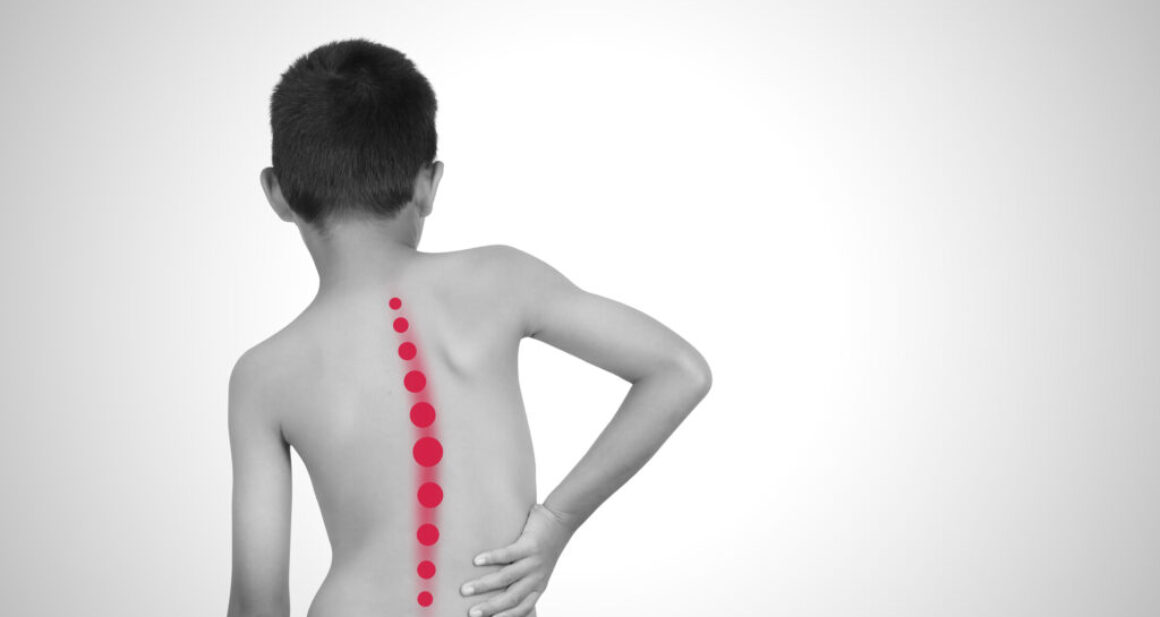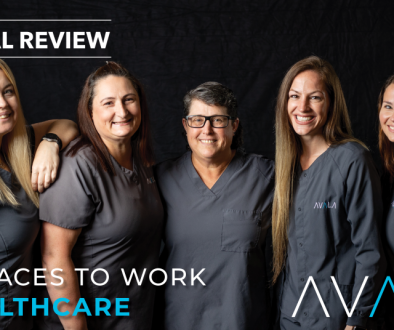June: Scoliosis Awareness Month
June is Scoliosis Awareness Month, a condition that affects 6 to 9 million Americans each year. A doctor diagnoses someone with Scoliosis when the patient has an abnormal curvature in the spine. This can happen to the body during infancy or through-out a person’s lifetime. Most of the time, Scoliosis is diagnosed when the patient is between 10 and 15 years-old.

Types of Scoliosis
Idiopathic Scoliosis
Idiopathic Scoliosis presents in adolescents ages 10-16 during their “growth spurts”. It is found more commonly in girls.
Congenital Scoliosis
Congenital Scoliosis appears in newborns and is less common than idiopathic scoliosis, affecting 1 in 10,000 babies.
Degenerative Scoliosis
Degenerative Scoliosis appears most often in adults age 55 or older.
Neuromuscular Scoliosis
Neuromuscular Scoliosis is caused by disorders of the brain, spinal cord, and muscular system may accompany neuropathic and myopathic conditions.
Scoliosis Symptoms
- Clothes fit awkwardly or hang unevenly
- Uneven Shoulders
- One or both hips are raised unusually high
- Sideways curvature observed
- Pain in he neck or back

Treatments for Scoliosis
A Scoliosis diagnosis does not necessarily mean the patient will need a surgery although, the curvature is at risk of getting worse over time. Treatment options include physical therapy and wearing a special brace to align the back to keep the curvature from getting worse.
Adolescents with idiopathic scoliosis should typically see a doctor every four to six months for a physical examination and X-ray.
Patients with with this condition in the thoracic and lumbar portions of the spine may want to consider a minimally invasive spine surgery. Adolescents with spinal curves ranging from 40 to 50 degrees may be candidates for surgery to prevent the curve from getting worse.
Interested in talking to an AVALA physician specialist about your scoliosis diagnosis? Request an appointment at the bottom of this page!


